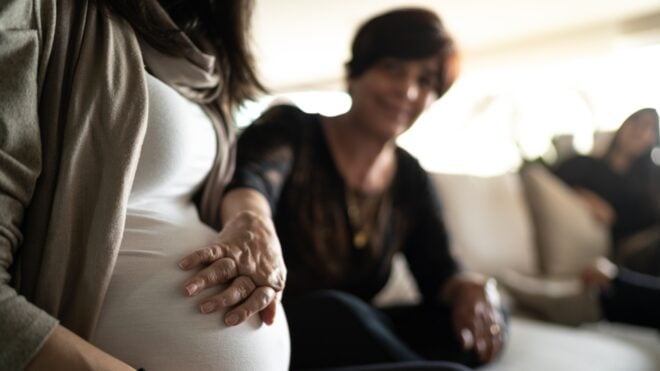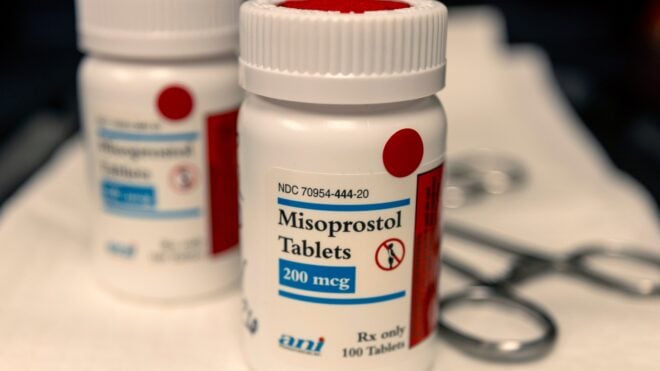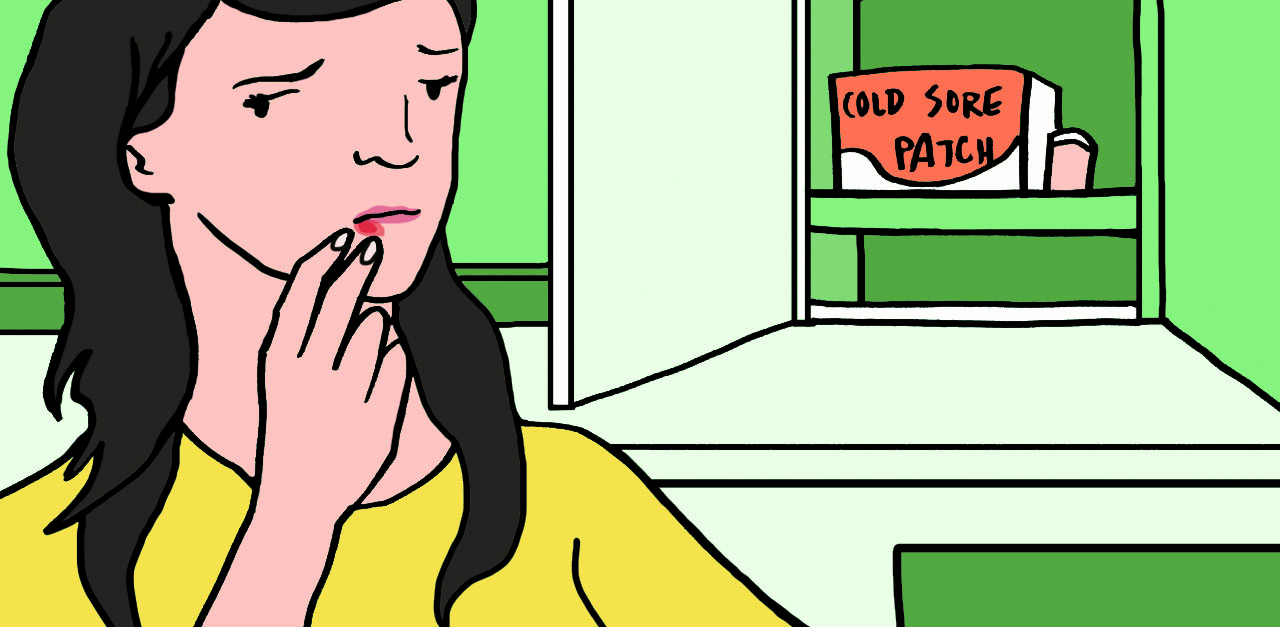
Just as you're getting ready for a night out, you feel a familiar tingling sensation on your lip. This is every cold sore sufferer’s nightmare — the tell-tale sign of a new sore forming. The early stages of a cold sore are the most painful and sensitive. These bumps are caused by the highly contagious herpes simplex virus. More than half of the population carries the virus, and even after a cold sore has healed, the virus remains in the body. This means once you’ve had a cold sore, you are very likely, at some point, to get another one.
Cold sores are harmless and usually heal within a few weeks. However, they are highly contagious and can easily spread to others. This is especially dangerous for babies less than 3 months old. New mom Claire Henderson learned this the hard way after she noticed a cold sore on her baby’s lip a few days after a friend had kissed the baby on the mouth. The herpes virus in babies can lead to liver and brain damage — luckily Claire realized early enough to treat her baby Brooke.
Regardless of your age, you can learn a lot about cold sores, and how to treat them, below.
What Is a Cold Sore?

Cold sores are caused by a virus called the herpes simplex virus (HSV). There are two types of the virus: HSV-1 and HSV-2. Each type causes small blisters to form. Facial cold sores are also referred to as facial herpes, fever blisters, or herpes labialis. According to the American Academy of Dermatology, more than 50% of Americans ages 14 to 49 are carriers for HSV. Once you’ve had a cold sore, you carry the virus for life — which means you can get another cold sore at any time. Cold sores are uncomfortable, but they are typically harmless. However, they are highly contagious and easily spread to others. The cold sore remains contagious from the early stages until the blister sores have developed a scab.
How Do You Get Cold Sores?
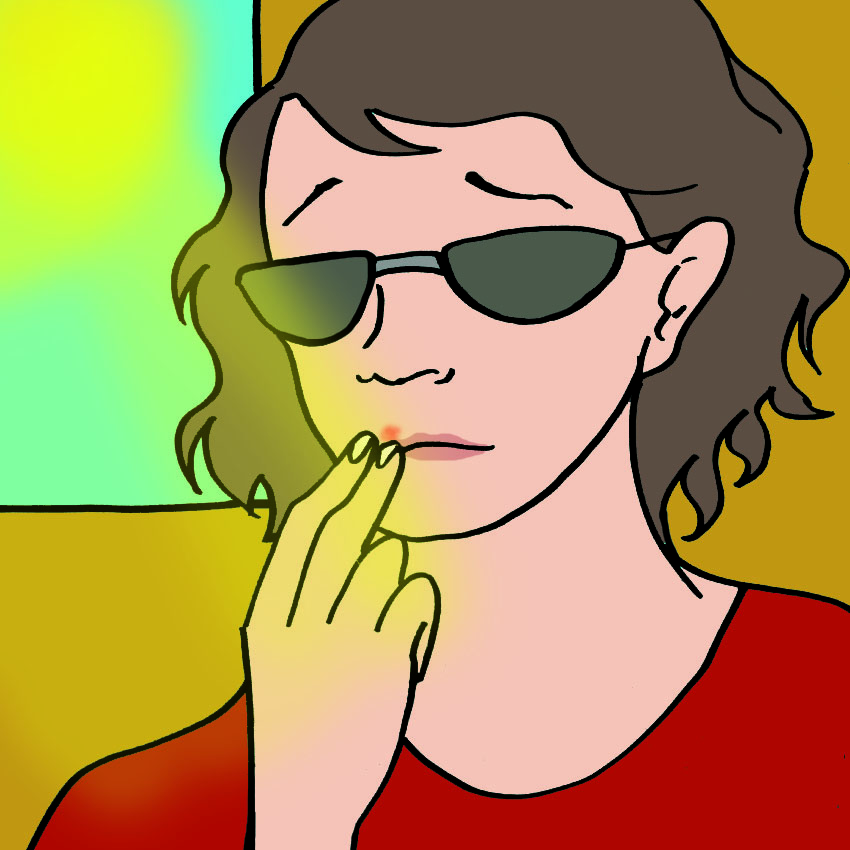
Everyday Health warns that HSV is incredibly contagious. However, the number of cold sores you get each year tends to decrease after the age of 35, and some people develop an immunity, stopping the development of sores. The virus doesn't ever fully go away, but it does sit dormant in the body. It can be reawakened at any time to create a new cold sore, even years after you suffer from the first one.
There are a few ways you can catch a cold sore. The Herpes Viruses Association explains the following cold sore causes:
- Kissing: You can catch HSV from kissing someone with a cold sore. This can happen as an adult or child.
- Direct contact: If you come into direct contact with affected skin, the virus can be passed on.
- Sharing things: As we touch our faces a lot during the day, there is a greater risk of contaminating our fingers when we have a cold sore. The HSV virus can survive a short time outside the body, so when you have an outbreak, you should avoid sharing toothbrushes, lip balms, eating utensils, and towels.
There are many factors that can instigate a cold sore attack. These differ from person to person. If you identify what your personal triggers are, it is easier to try to avoid them. They might include stress, tiredness, illness, direct sunlight, hormone changes, food allergies, or even an injury to the usually affected area.
Cold Sore Stages
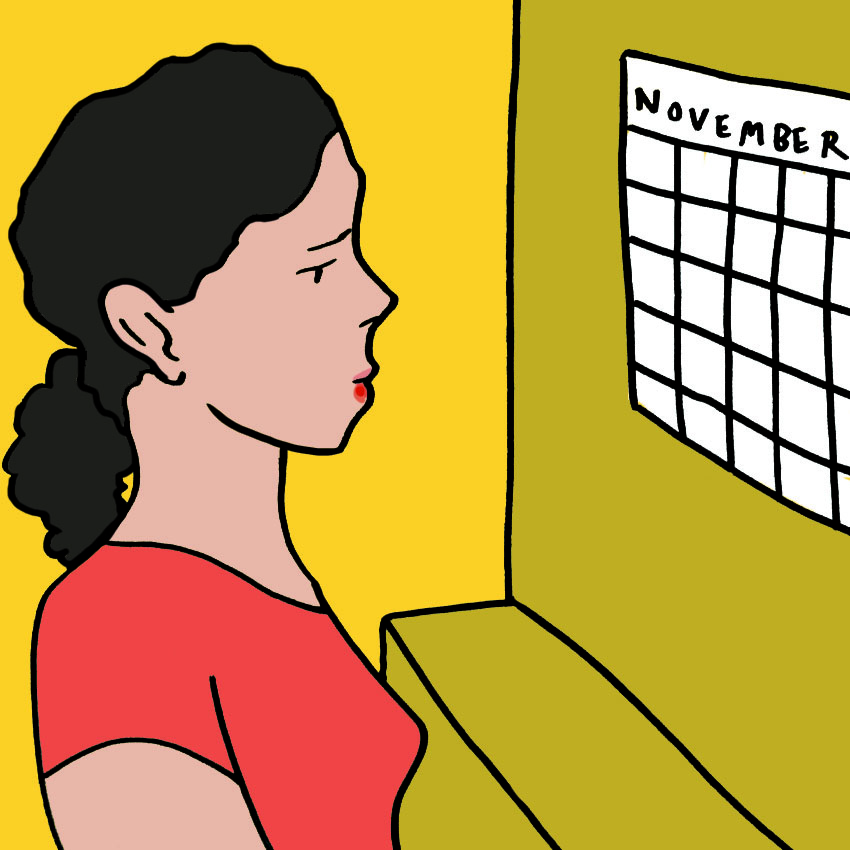
A cold sore goes through five stages, and it usually takes about seven to 12 days for sores to properly heal and go away. The stages include the tingling stage, blister stage, ulcer stage, crusting stage, and finally the healing stage.
1. Tingling Stage

The tingling stage is also called the prodromal stage. During this stage, you experience a tingling sensation around the area where the cold sore will appear. Cold sores often recur in the same spot as before, says American Nurse Today. Along with the tingling, the spot starts to swell and redden, and it feels sensitive to touch. This stage lasts one to two days.
To treat this stage, try tea tree oil. It has anti-inflammatory, antibacterial, antibiotic, and antifungal properties, making it a good choice to halt the sore in its tracks. Mix a few drops of the oil with a little water and apply two to three times a day directly on the affected area.
Aloe vera gel can also be applied to the affected area.
There are also over-the-counter and prescription topical ointments you can apply.
2. Blister Stage
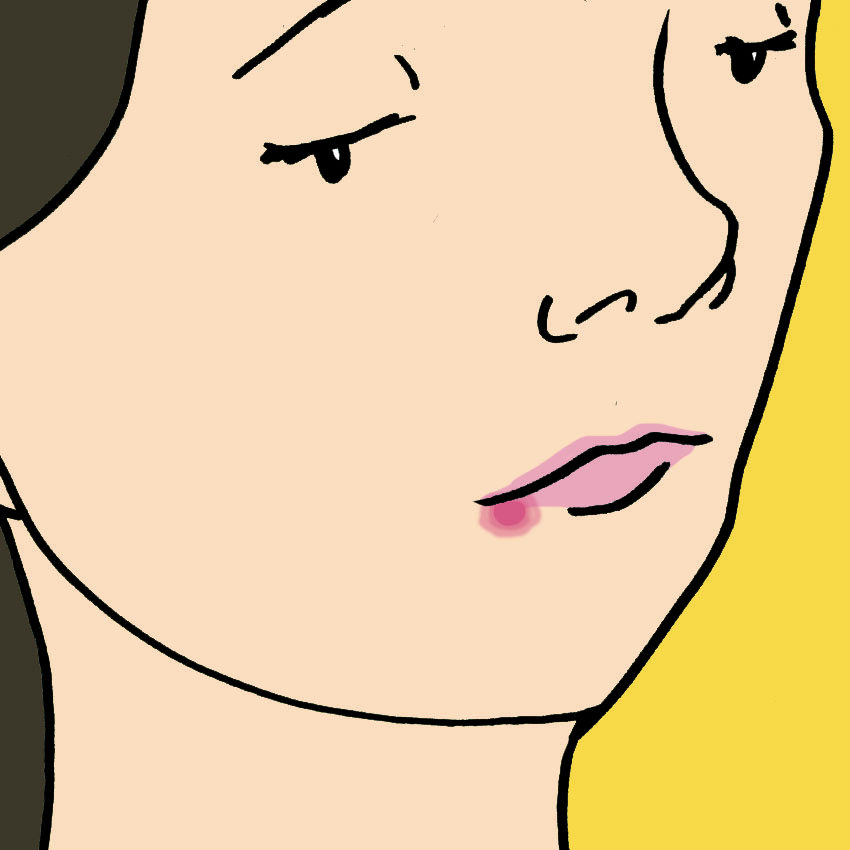
Within 48 hours of the first stage starting, the affected area erupts into a blister or a cluster of blisters. The blisters start to fill with clear fluid. This fluid is highly infectious, as it carries the cold sore virus. If the blister bursts, it will release the contagious fluid to other parts of the body or to other people. During this stage, you should wash your hands regularly, avoid kissing people, and refrain from sharing food and drinks. Avoid certain foods like spicy and salty foods, citrus, and hot drinks, as these can cause discomfort.
To treat the blister stage, try natural ointments. These help stop the virus from spreading and limit the outbreak's severity. You can continue using medical topical ointments and pain relievers to help lessen symptoms. Also, ensure you are well-hydrated during this stage.
3. Ulcer Stage
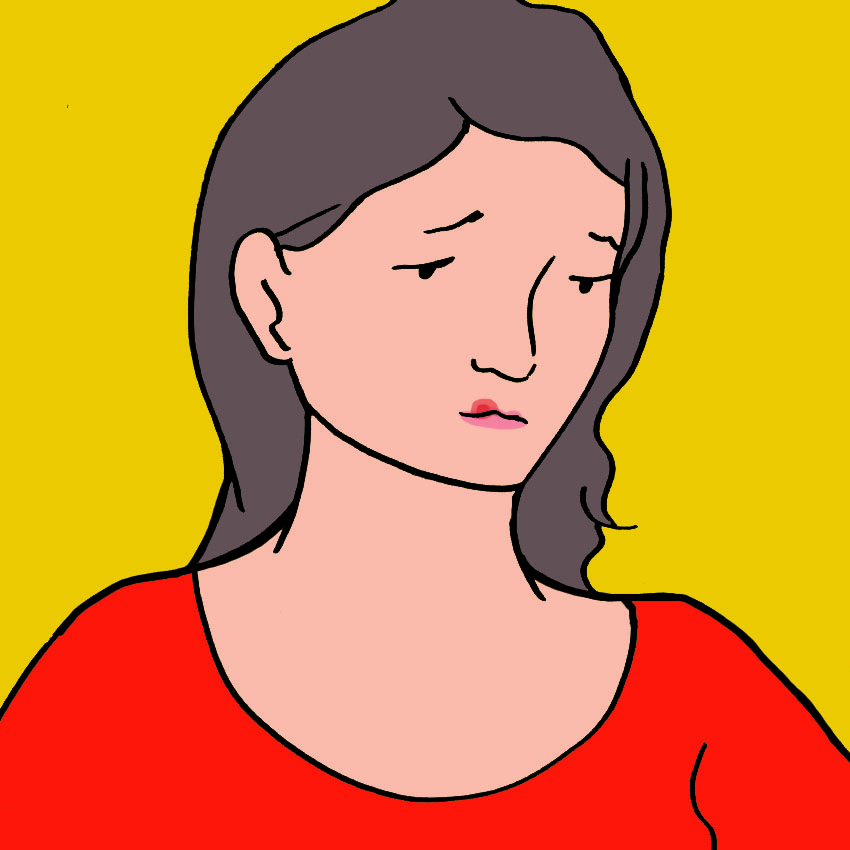
Around day four or five, the cold sore breaks open, and an ulcer, or open sore, forms. The area around it reddens and swells, according to Abreva. This is the most painful and contagious stage — avoid touching or picking at the ulcer because you can spread the virus.
To help relieve the discomfort, use a warm or cold compress on the affected area.
4. Crusting Stage
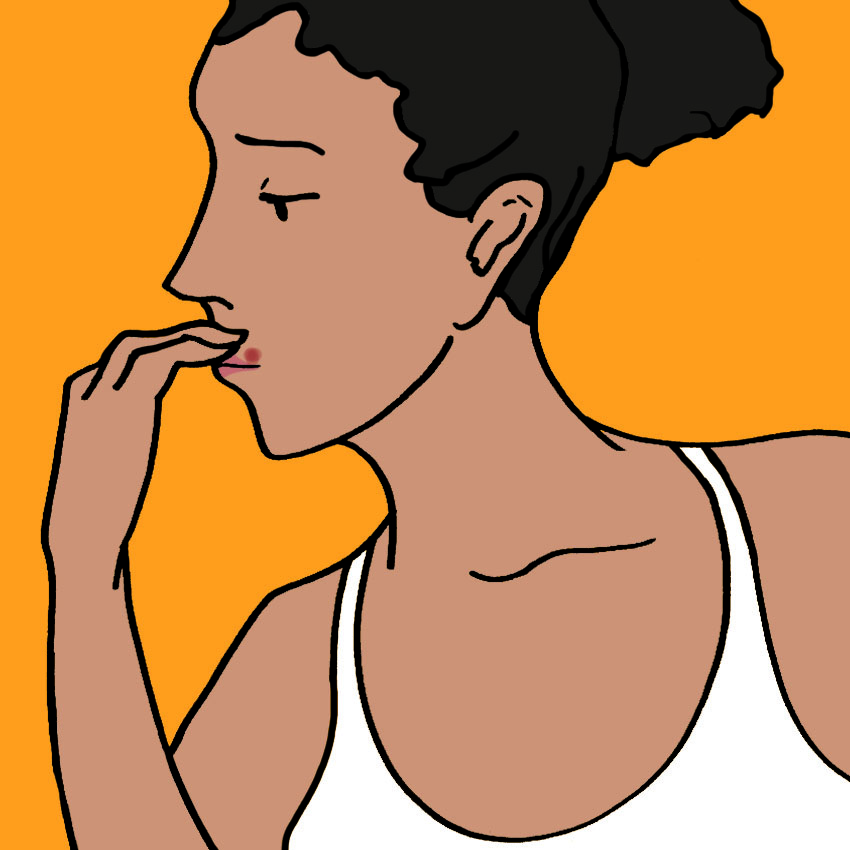
Between days five and eight, the ulcer starts to form a scab. The contagious fluid begins to dry, forming a crust. The affected area might feel itchy or burning as it starts to heal. This is also the time new cold sores might start forming.
To prevent the scab from cracking, apply a moisturizer or aloe vera gel to it. Healthline also suggests putting a warm or cold compress on the area and using zinc-oxide ointment.
5. Healing Stage
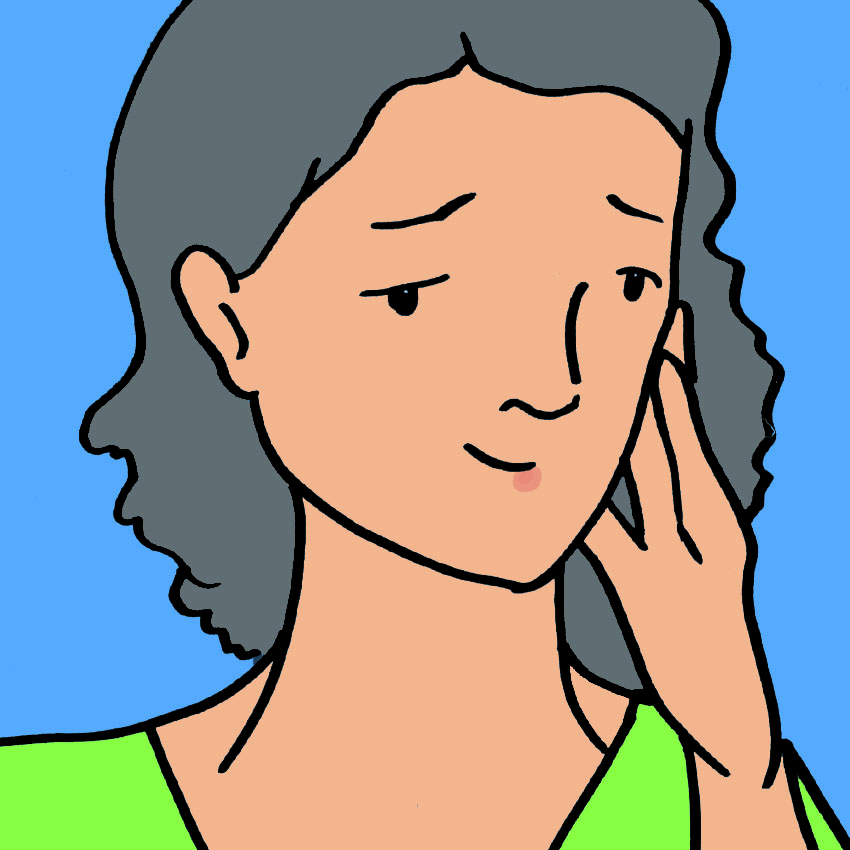
Usually, somewhere between days eight and 10, the crusted scab begins to fall off or flake away. It can leave in its place a reddened patch that will disappear after a few more days. Cold sores don’t leave scars, according to Livestrong. If there is any pain or irritation at this stage, continue to use zinc-oxide ointment or keep the area lubricated by applying aloe vera gel.
How to Heal and Hide a Cold Sore
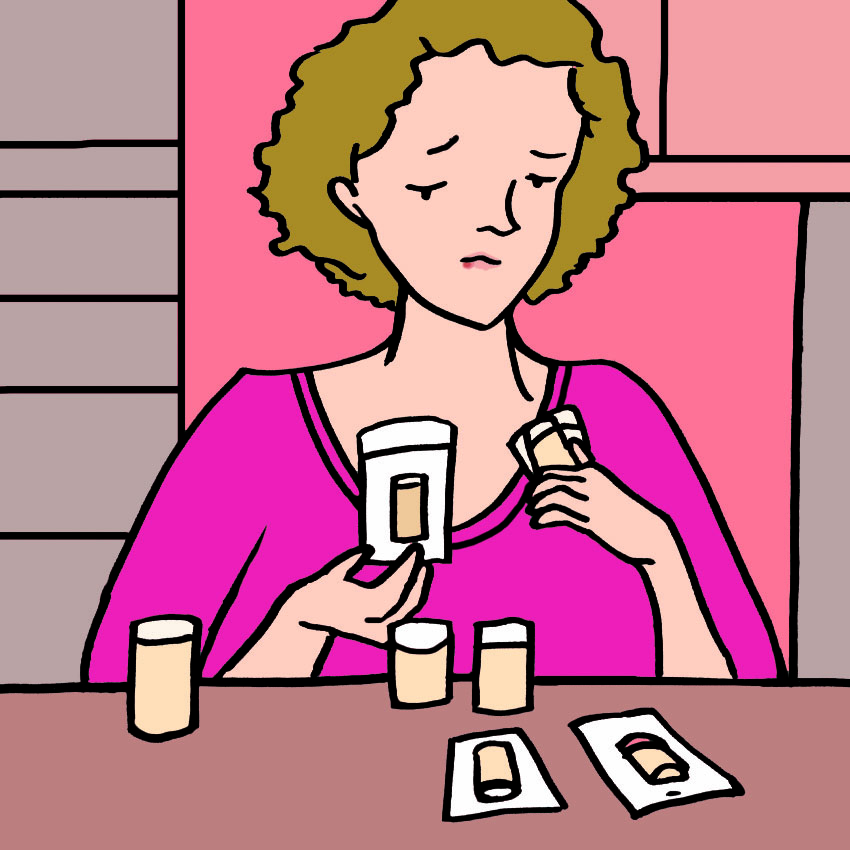
Different remedies work for different people. Lots of natural products claim to help lessen symptoms, prevent reinfections, and speed up healing. Products that have immune-boosting, antiviral, and antimicrobial properties are good for cold sores.
Medical News Today suggests trying the following natural cold sore remedies:
- A compress made from lemon tea, which you can also drink for maximum benefit.
- Lip balms that contain the herb lemon balm.
- Peppermint oil to inhibit the cold sore virus (it is best applied in the early stages).
- Immune-system-boosting echinacea.
- Licorice powder, which can be mixed with petroleum jelly or water and put on the cold sore. Licorice root has antiviral properties.
Cold sores can be unsightly. If you have to attend an important event or meeting, you’ll want to look and feel your best. However, covering a cold sore is all about timing. It is not advised to apply concealer during the blistering and ulcer stages. At this stage, concealer could do more harm than good by actually spreading the infection. It could also make the cold sore more obvious rather than hide it. The best time to apply makeup is when the cold sore has scabbed over and is in the healing stage.
Makeup
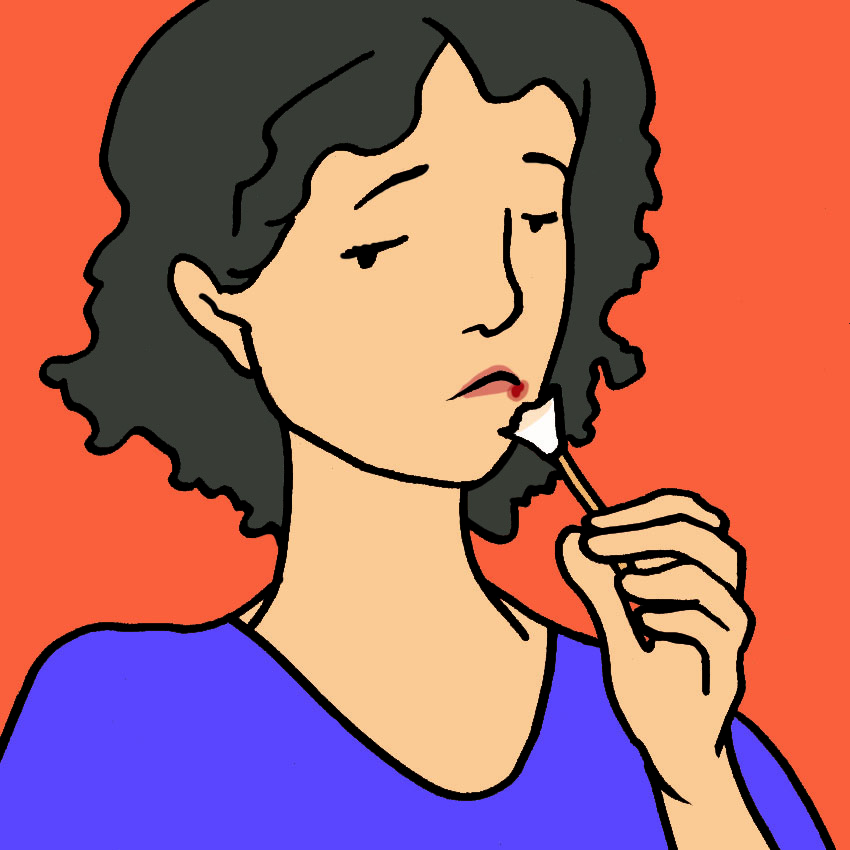
If you choose to use makeup on your cold sore, make sure the area is clean and dry first. Take the makeup off as soon as you can, so that your cold sore can continue to heal.
Cold Sore Patches
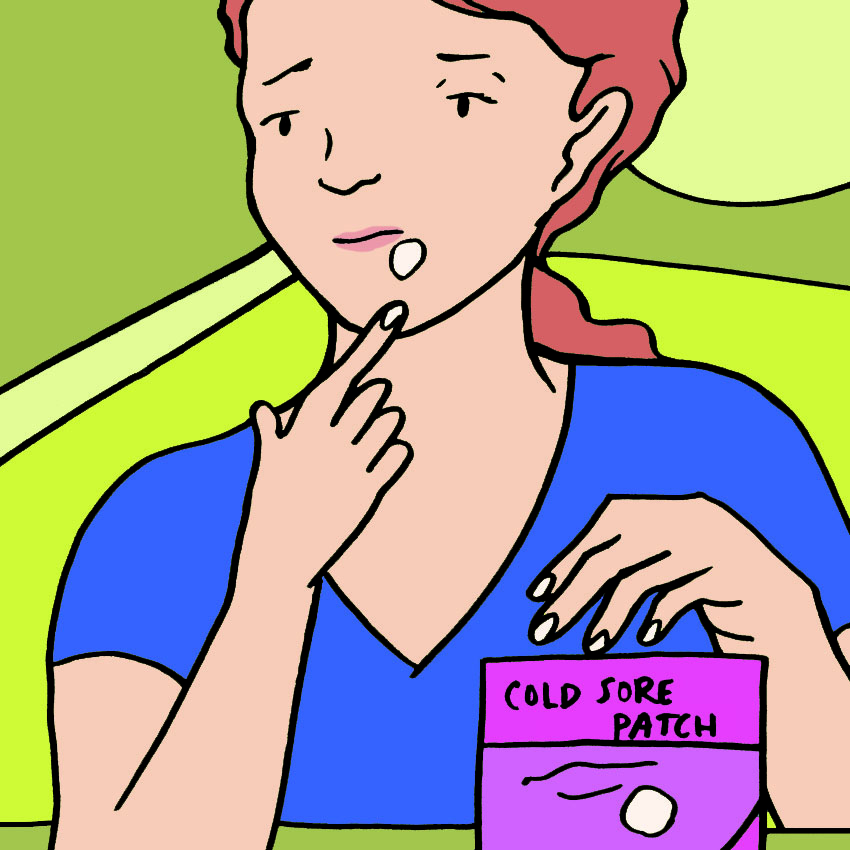
These are a good option for anyone who doesn't want to use makeup. The patch contains a gel called hydrocolloid and is placed over the sore, concealing it. These patches work by stopping scabs from forming, which encourages healing. Cold sore patches are hygienic and can be used on children and adults.
How to Prevent a Cold Sore

The American Sexual Health Association says that at least a quarter of people with a cold sore will experience a recurrent episode at some point. You can do a few things to help prevent a cold sore from forming:
- Do not touch cold sores.
- Wash your hands regularly and thoroughly, especially before and after touching a sore.
- Use sterile products.
- Do not rub a cold sore. When applying ointments, dab the area gently.
- Dispose of all mouth hygiene products at the first sign of the tingle. Replace after the cold sore has healed completely.
- Do not kiss or engage in intimacy until the cold sore has cleared.
- Do not consume salty or acidic foods.
- Always use sunscreen.
- Increase vitamin E intake to help repair damaged skin.
- Boost vitamin C levels to increase white cell production. This helps the body fight infection.
If you’re concerned about your cold sores, or if it’s your first time getting one, visit a doctor to learn more about your treatment options.


